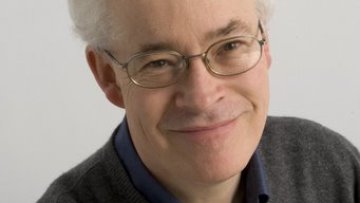Isotropic motives
Abstract
The idea of isotropic localization is to substitute an algebro-geometric object (motive)
by its “local” versions, parametrized by finitely generated extensions of the ground field k. In the case of the so-called “flexible” ground field, the complexity of the respective “isotropic motivic categories” is similar to that of their topological counterpart. At the same time, new features appear: the isotropic motivic cohomology of a point encode Milnor’s cohomological operations, while isotropic Chow motives (hypothetically) coincide with Chow motives modulo numerical equivalence (with finite coefficients). Extended versions of the isotropic category permit to access numerical Chow motives with rational coefficients providing a new approach to the old questions related to them. The same localization can be applied to the stable homotopic category of Morel- Voevodsky producing “isotropic” versions of the topological world. The respective isotropic stable homotopy groups of spheres exhibit interesting features.
Oxford Mathematican Nick Trefethen has been elected to the Academia Europaea. Nick is Professor of Numerical Analysis in Oxford, a Fellow of Balliol College and Head of Oxford Mathematics's Numerical Analysis Group.
InFoMM CDT Group Meeting
InFoMM CDT Group Meeting
InFoMM CDT Group Meeting
Cohomology of non-reductive GIT quotients and hyperbolicity
Abstract
The aim of this talk is to describe joint work with Gergely Berczi using a recent extension to non-reductive actions of geometric invariant theory, and its links with moment maps in symplectic geometry, to study hyperbolicity of generic hypersurfaces in a projective space. Using intersection theory for non-reductive GIT quotients applied to compactifications of bundles of invariant jet differentials over complex manifolds leads to a proof of the Green-Griffiths-Lang conjecture for a generic projective hypersurface of dimension n whose degree is greater than n^6. A recent result of Riedl and Yang then implies the Kobayashi conjecture for generic hypersurfaces of degree greater than (2n-1)^6.


